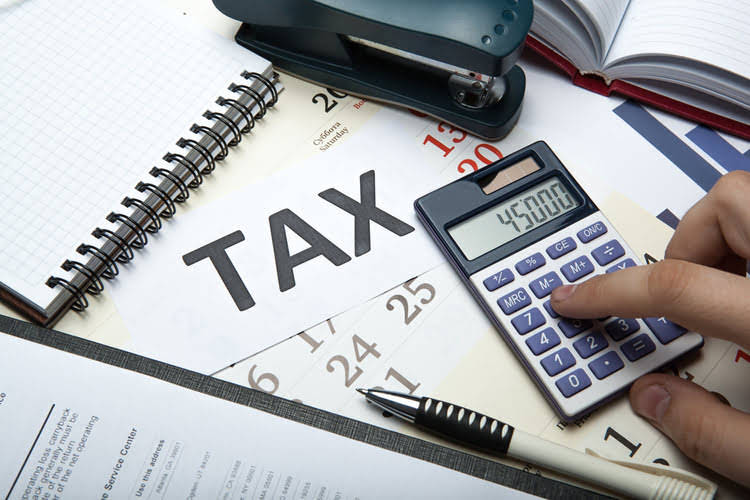
In general, higher EPS is better but one has to consider the number of shares outstanding, the potential for share dilution, and earnings trends over time. If a company misses or beats analysts’ consensus expectations for EPS, its shares can either crash or rally, respectively. You can also find the total number of outstanding shares by checking the company’s financial statements, such as 10-K annual reports and 10-Q quarterly reports, which are available on the SEC website. In simple terms, shares outstanding give a broader picture of a company’s ownership structure, while floating shares provide a more specific view of the shares that are actively being traded. The result is then divided by the number of shares of common stock outstanding for the period.
Where to Find Shares Outstanding on Financial Statements
It takes into account any variations in the number of shares outstanding during the period. Calculating common shares helps investors assess a company’s equity structure and potential for growth. By understanding the proportion of common stock, investors can gauge the voting power and influence they might have in corporate matters. The term does not include stock repurchased by the company, known as treasury shares.
Stock Splits and Reverse Stock Splits: Share Count Effect
- 5) Stock exchange websites where the company’s shares are listed also provide information on shares outstanding.
- If the Company buys back the shares, they are treated similarly to the shares issued, but on the opposite, the shares are reduced from the calculation.
- Using the SUMPRODUCT function, we’ll calculate the weighted average shares outstanding over fiscal year 2021, which comes out to 448,265.
- The simplest calculation of enterprise value is market capitalization plus net debt.
- Share count in a company’s 10-K is not a fixed figure but varies based on when disclosures are made.
It provides a standardized measure that takes into account the company’s net income and the number of shares outstanding, allowing for a more accurate assessment of the company’s earnings potential. Overall, the shares outstanding information presented on the balance sheet is a critical component for investors and analysts. It allows them to evaluate the ownership structure, assess the impact of share issuance or repurchases, and gain insights into the company’s financial health and prospects. It provides insights into the distribution of ownership and the potential influence certain shareholders may have on the company’s decision-making processes. It’s important to note that shares outstanding do not include shares that are authorized but not yet issued or shares that have been repurchased by the company through buyback programs.

What Is the Difference Between Shares Outstanding and Floating Stock?
- The company determines the maximum number of shares it can issue when creating a company, and this amount is known as the authorized capitalization of shares.
- Going by that ‘non-current’ clearly means obligations that extend beyond 365 days.
- Diluted shares reflect the possible dilution of a company’s shares due to the availability of stock options, warrants, convertible bonds, and other convertible securities.
- Since this amount on the balance sheet’s liability side represents the money belonging to shareholders’, this is called the ‘shareholders funds’.
- It reveals the number of shares outstanding and the factors influencing equity changes, such as new share issuances, buybacks, dividends, and retained profits or losses.
- The number of shares outstanding in the balance sheet is as of the balance sheet date (December 31, 2018, in the example above).
An asset is a resource controlled by the company and is expected to have an economic value in the future. Typical examples of assets include plants, machinery, cash, brands, patents etc. Assets are of two types, current and non-current, Online Accounting we will discuss these later in the chapter. The important takeaway is the impact of different capital structures – i.e. the net debt amount – on equity value and enterprise value.
The basic number of shares outstanding is simply the current number of shares available on the secondary market. On the other hand, the fully diluted bookkeeping for cleaning business shares outstanding calculation takes into account diluting securities such as convertibles (warrants, options, preferred shares, etc.). Before their availability on the secondary market, shares are authorized, issued, and, finally, purchased by investors who became equity owners or shareholders of the issuing company.

Account
- It records the company’s income and expenditure and compares it with the previous year’s data, and results out the company’s net profit and loss.
- EPS is an important metric for investors and analysts as it allows for meaningful comparisons across different companies and industries.
- Typical examples of assets include plants, machinery, cash, brands, patents etc.
- Together, these filings equip stakeholders with the tools to evaluate a company’s financial health and equity structure.
- The float represents shares available for public trading, excluding restricted stock held by insiders, executives, or major stakeholders.
- Treasury shares plus outstanding shares together form the total number of issued shares.
For example, if a company has 100,000 outstanding shares, you can use this number to calculate the common shares. Twelve thousand of them are issued as floating shares to members of the public, 4,000 are issued as restricted shares to people within the firm, and 4,000 are kept in the company’s treasury. This includes all common stock held by the public as well as restricted shares that belong to the company’s internal management. It represents the assets, liabilities, and stockholder’s equity at a particular point in time. It records the company’s income and expenditure and compares it with the previous year’s data, and results out the company’s net profit and loss. The market capitalization metric, often abbreviated as “market cap”, represents the total value of a company’s equity, most often measured to analyze the valuation of publicly-traded companies.

If a company has issued both common and preferred stock, it’s essential to account for the preferred stock and any unpaid dividends. Suppose we’re tasked with calculating the weighted average shares outstanding of a public company for the fiscal year ending 2021. Over the course of a reporting period—most often a fiscal year—the total number of common shares in circulation increases and decreases multiple times for most public companies. In some cases, the balance sheet may also show more information about the common stock, such as how many shares are still outstanding and how much they were sold for.
The annual report is usually available to investors on the company website or by requesting one through the investor relations department. Authorized shares are the total number of shares a company can legally issue, while issued shares are the number the company has issued to date. The number of authorized and issued shares may be the same or different, in which case there would be more authorized than issued shares. Learn how to locate and interpret shares outstanding on a 10-K form by reviewing key sections like the cover page, financial statements, and disclosures.
Look at the Treasury Stock Line Item

The number of authorized shares can be substantially greater than the number of shares outstanding since authorized shares represent the maximum possible number of shares a company can issue. The outstanding number of shares may be either equal to or less than the number of authorized shares. For example, a company might authorize 10 million shares to be created for its IPO, but end up actually only issuing nine million of the shares. Therefore, if a company owns any diluting securities, that would indicate a potential increase in the number of shares outstanding in the future. P/B is often used to value companies in the financial sector (i.e. banks) and is calculated by taking a company’s share price and dividing it by the book how to find shares outstanding value per share.